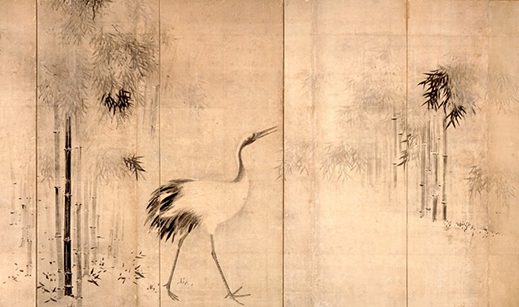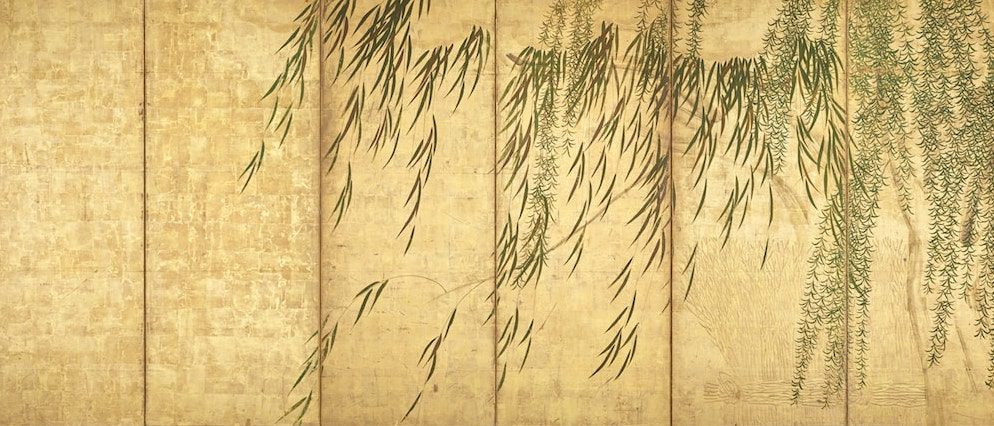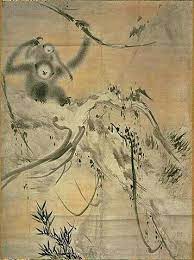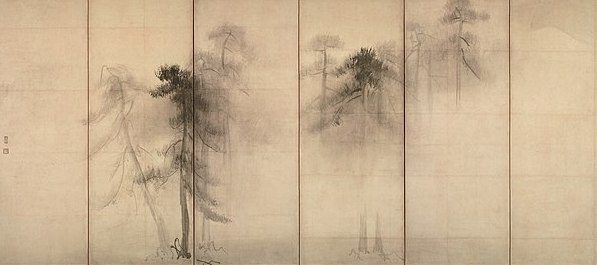Japan art and Hasegawa Tohaku: Buddhist and warlord circles
Lee Jay Walker
Modern Tokyo Times

Hasegawa Tōhaku was born in 1539 and died in 1610. Thus this distinguished artist of enormous stature lived during the warring period in Japan that ultimately led to the Edo Period, which began in 1603. Therefore, one can only imagine his thoughts of events outside the art world that he ultimately belonged to in Kyoto.
He was born in the Noto Province (now in the environs of Ishikawa Prefecture) in a town called Nanao. Tōhaku’s family background concerns them being cloth dyers. However, with his keen eye for art and natural flair of confidence, he set off for Kyoto to establish himself.

Tōhaku first developed his artistic skills by being a decorative artist of local Buddhist temples – and compounds. Thus he was a noted artist in his native province before setting off to Kyoto. Therefore, Kyoto was the next stage in his self-development because he soon studied the artistic concepts of the Kano School of Art.
The Tokyo National Museum says, “In his thirties, he moved to the then capital Kyoto and worked on a wide range of themes from Buddhist paintings to portraits to birds and flowers-at times, executing a subtle touch, while at other times, wielding a bold brush. Later, he came to be favored by the warlord Toyotomi Hideyoshi.”

The world of prestigious Chinese and Japanese artists opened up for Tōhaku after studying the works of notable Song and Yuan artists from China (the Middle Kingdom) and ink paintings of the Muromachi period concerning his native country. Tōhaku was also influenced enormously by the artworks of Sesshū Tōyō (1420-1506).
Important patronages of his art include the noted warlord Toyotomi Hideyoshi (1537-1598). Therefore, Tōhaku mixed in extremely different environments: from important Buddhist circles to the power dynamics of the warring period.

In a sense, Buddhism was the angle of this world and the world everlasting for Tōhaku. However, the warring period was a natural reality. After all, war – and power dynamics – blights all cultures at certain times in history and continues today in many nations. Therefore, the eternal Buddhist prayer chants and the sword that ultimately united Japan became entwined – and this equally concerns the world of art that was adored in equal measure by both forces.

PLEASE SUPPORT MODERN TOKYO TIMES by DONATING
Modern Tokyo News is part of the Modern Tokyo Times group
DONATIONS to SUPPORT MODERN TOKYO TIMES – please pay PayPal and DONATE to sawakoart@gmail.com
http://moderntokyotimes.com Modern Tokyo Times – International News and Japan News
https://www.pinterest.co.uk/moderntokyotimes/ Modern Tokyo Times is now on PINTEREST
http://sawakoart.com – Sawako Utsumi personal website and Modern Tokyo Times artist
https://moderntokyonews.com Modern Tokyo News – Tokyo News and International News
PLEASE JOIN ON TWITTER
https://twitter.com/MTT_News Modern Tokyo Times